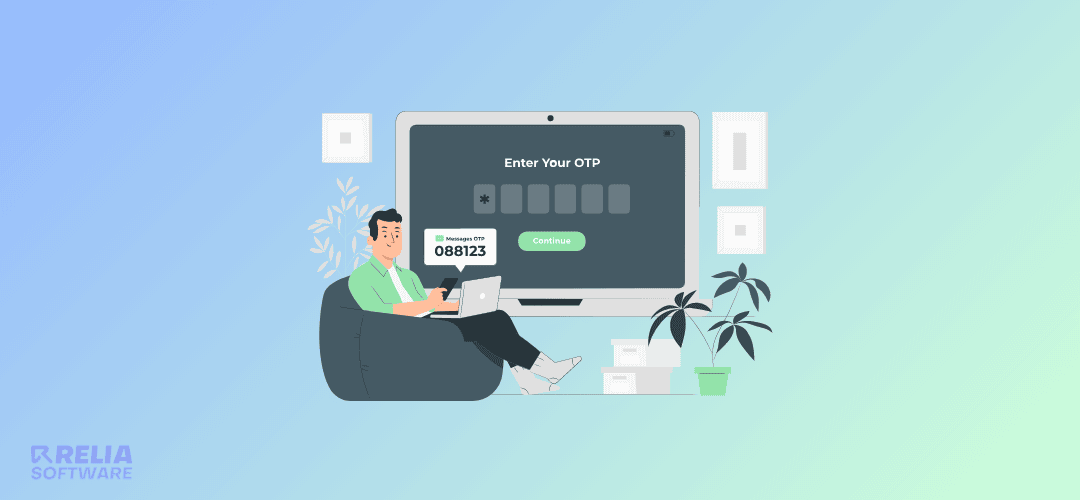The mindset of an engineer revolves around comprehending a problem, constructing a solution, and subsequently strategizing the deployment of a resilient and secure implementation in production environments.
Regrettably, infusing security best practices into a solution post-implementation tends to be intricate and costly. The urgency to swiftly introduce innovations frequently compels devops teams to release products with security vulnerabilities. The optimal devsecops approach involves proactively incorporating knowledge, best practices, and security measures earlier in the development process, thus enabling agile development teams to seamlessly integrate security measures directly into microservices, applications, or databases.
However, the question arises: how does the continuous integration and continuous delivery (CI/CD) pipeline fit into this equation? This automated process amplifies deployment reliability by scripting manual tasks such as code building, integration, packaging, and delivery to various environments using CI/CD tools. Devops teams equipped with robust CI/CD implementations frequently advance to the stage of contemplating continuous deployment in production environments. This progression carries heightened risks but grants the advantage of more frequent deployments.
To ensure the security and resilience of CI/CD pipelines, consider the following recommendations and best practices:
>> Read more: CI/CD vs DevOps: Key Differences & How They Work Together?
1. Set up Security Development Practices Well before CI/CD
According to Kulbir Raina, an adept leader in agile and devops at Capgemini, a foundational principle is to "integrate security and quality directly into the code rather than relying solely on quality gates during automation within the CI/CD pipeline." Raina underscores the importance of providing developers with integrated security tools within their development environment to effectively perform code linting.
Code linting involves the use of tools to identify deviations from coding conventions and unsafe coding practices. For more intricate evaluations, advanced Static Application Security Testing (SAST) tools can uncover vulnerabilities such as buffer overflows and SQL injection flaws. Raina strongly advocates integrating SAST tools into the continuous integration phase.
Steve Jones, a devops advocate at Redgate Software, emphasizes the significance of tools, but also highlights the ongoing nature of the devops process. Jones underscores that "continuous learning and growth over time" are crucial. He notes that developers should be consistently educated about secure coding practices to prevent simple vulnerabilities like SQL injection.
Keith Pitt, the co-founder and co-CEO of Buildkite, offers additional noteworthy practices. He recommends a meticulous review of dependencies sourced from open-source and third-party providers to identify common vulnerabilities and exposures (CVE). Pitt underscores the imperative to never allow vulnerable software to make its way into production. He also proposes the use of "verifiable signatures for vendor software," ensuring that even in the event of a vendor compromise, the security supply chain remains intact.
Iikka Turunen, the field CTO at Sonatype, concurs with these principles. Turunen suggests a selective approach to open-source software projects, drawing a parallel with traditional manufacturing where not all components are equal in quality. He advises seeking projects maintained by engaged and responsible developers, as this not only bolsters the maintainability of the software supply chain but also reduces technical debt, rework, and security risks.
While these recommendations provide a glimpse into the broader spectrum of best security practices throughout the software development life cycle, they are foundational prerequisites for establishing a secure delivery pipeline.
>> Read more: DevSecOps: Integrating Security into DevOps for Enhanced Software Development
2. Incorporate Continuous Testing within CI/CD Pipelines
It's essential to acknowledge that the scope of CI/CD extends beyond code delivery. It provides a pivotal opportunity to embrace a shift-left testing approach and evolve a continuous testing strategy. Teams that prioritize testing as a core principle can proactively seek avenues to validate security measures before initiating CI/CD pipelines to deploy releases across different environments. In conjunction with integrating SAST security testing, teams should concentrate on:
- Initiating penetration tests to identify potential back doors and entry-point vulnerabilities.
- Validating security controls and conducting authorization tests.
- Employing Dynamic Application Security Testing (DAST) tools to scrutinize high-severity issues within the OWASP Top 10.
The testing automation framework should also encompass processes to address common issues promptly, issue notifications to the relevant teams, and establish rollback procedures.
3. Automate Data Security Protocols within CI/CD
CI/CD pipelines should also incorporate the automation of security procedures associated with code and build dependencies. A pivotal area of focus is data security, given that releases might involve new databases, updated data models, or fresh datasets.
One often-neglected aspect involves updating development and testing environments with data drawn from production environments. Development teams should utilize recently extracted data to validate features, assess user experiences, and implement data masking to obscure sensitive information and data subject to regulatory compliance mandates.
Roman Golod, the CTO and co-founder of Accelario, emphasizes that "data masking plays a pivotal role in security automation during CI/CD. Development and testing teams require authentic data to ensure seamless functionality upon production deployment, but non-production systems often lack sufficient security."
Additional strategies encompass the usage of synthetic data and service virtualization. Golod further elaborates, "Leveraging synthetic data sets to simulate authentic data enhances security, rendering breached databases worthless for threat actors."
Daniel Riedel, Senior Vice President of Strategic Service at Copado, underscores a fundamental starting point for devops teams: comprehending data, especially the security and compliance regulations governing it. Riedel highlights the importance of meticulously crafting a robust security automation framework that adheres to the stipulations and controls stipulated in these policies.
>> Read more: An In-Depth Guide to Web Application Security for Business
4. Enforce Zero-Trust Principles to Secure the CI/CD Pipeline
Securing pipelines to exclusively permit authorized individuals to initiate them is a vital concern for devops teams. Grant Fritchey, a devops advocate at Redgate Software, advocates for the "least-privilege principle" as a cornerstone of security automation within devops pipelines. Fritchey asserts, "By granting only the necessary privileges to the pipeline, automating security in, around, and within it becomes straightforward and yields desired outcomes."
Fundamental practices encompass concealing API keys, defining security credentials based on projects and roles in CI/CD tools, and establishing secure access for remote devops team members.
5. Validate Deployments by Integrating CI/CD with AIOps and Security Automation
The responsibilities of the devops team persist post-deployment. This phase emphasizes investments in observability and monitoring as crucial feedback mechanisms for operations. Working alongside operational teams and relevant tools, devops should proactively respond to incidents and detect instances where technical debt poses operational or security risks. Key strategies include:
- AIOps tools centralize operational data and correlate alerts, streamlining incident response for performance and reliability issues.
- Security automation guards against threats and attacks, enabling automations for permissions management, system patching, and response to security incidents.
- Many CI/CD tools offer bidirectional integrations with AIOps, security automation, and other IT automation tools. Devops teams should incorporate notifications from these tools within the CI/CD pipeline to inform operations and infosec about code deliveries. Additionally, they should allow IT ops and infosec automations to trigger builds or rollbacks to cater to operational and security needs.
The devops workflow portrays a continuous trajectory from planning to monitoring deployments, ensuring that teams adeptly plan, deliver, release, and manage systems reliably and securely. Given that CI/CD stands as a cornerstone of devops practices, embedding security before, during, and after pipelines is a pivotal responsibility.
- Web application Development
- automation

